Physical Address
304 North Cardinal St.
Dorchester Center, MA 02124
Physical Address
304 North Cardinal St.
Dorchester Center, MA 02124

Are you a busy professional feeling overwhelmed by the never-ending tasks on your to-do list? Do you wish you could accomplish more in less time? If so, you’ve come to the right place.
In this article, we will share the best 10 proven productivity tips specifically tailored for busy professionals like you in 2023. By implementing these strategies, you can regain control of your schedule, boost your efficiency, and achieve your goals with ease.
Time blocking is a powerful technique that involves dividing your day into dedicated blocks of time for specific tasks or activities. By doing so, you eliminate distractions and maintain focus on one task at a time.
To implement time blocking effectively, create a weekly schedule, identify your tasks, and assign them to specific time blocks.

Remember to include breaks and downtime in your schedule as well. Consider using a timer to stay on track and avoid exceeding the allocated time for each task.
Time blocking enables you to maximize your productivity by eliminating distractions and improving time management.
Prioritizing tasks is crucial for boosting productivity. Focus on the tasks that are most important and will have the greatest impact on your work.
The Eisenhower matrix is a valuable tool for prioritization, categorizing tasks into four categories: urgent and important, important but not urgent, urgent but not important, and neither urgent nor important.

By identifying and organizing tasks according to these categories, you can prioritize effectively and allocate your time and energy to the tasks that truly matter.
Additionally, the ABCDE method can help you assign priorities based on importance and deadlines, ensuring that you tackle essential tasks first.
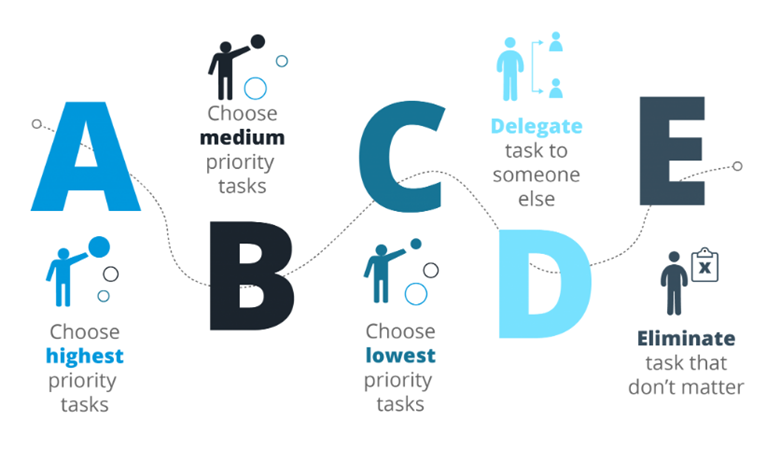
Tasks A are the most important and should be completed first, while E tasks are the least important and can be completed last or not at all.
This method allows you to focus on the most important tasks first and ensures that you are not wasting time on tasks that are not essential to your work.
Multitasking may seem like an efficient way to tackle multiple tasks simultaneously, but research has shown that it decreases productivity and leads to errors and lack of focus.
Instead, embrace single-tasking—devoting your complete attention to one task until it is completed. Allocate specific time blocks for each task and avoid checking emails or social media during these periods.
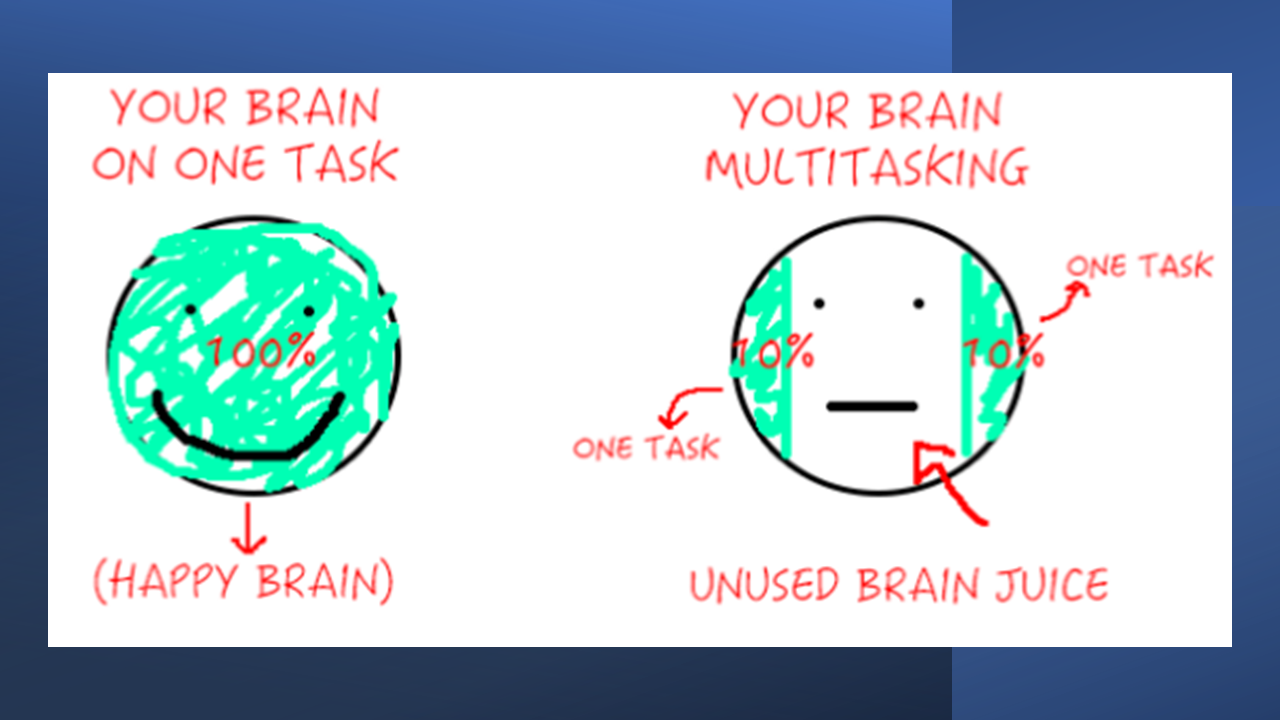
Minimize distractions by disabling notifications on your devices. Break down larger tasks into smaller, manageable chunks, completing one before moving on to the next. By focusing on one task at a time, you enhance your efficiency and achieve your goals more effectively.
Setting achievable goals is essential for maintaining productivity. Utilize the SMART (Specific, Measurable, Achievable, Relevant, Time-bound) framework to set clear and realistic goals.
Avoid the common mistake of setting unattainable objectives that lead to frustration and demotivation. Break long-term goals into smaller, actionable tasks, and establish deadlines for each.

Allocate sufficient time and resources for each task. Ensure that your goals align with your overall objectives and values. By setting achievable goals, you experience a sense of progress and accomplishment, driving your productivity.
Effective time management is paramount for busy professionals. Embrace the various time management tools available to streamline your tasks and boost your productivity.
Calendar tools, both physical and digital, help you keep track of appointments, deadlines, and commitments.
To-do lists enable task prioritization and breaking them down into manageable portions. Productivity apps like Trello, Asana, and Todoist centralize task management, deadlines, and collaboration in one place.
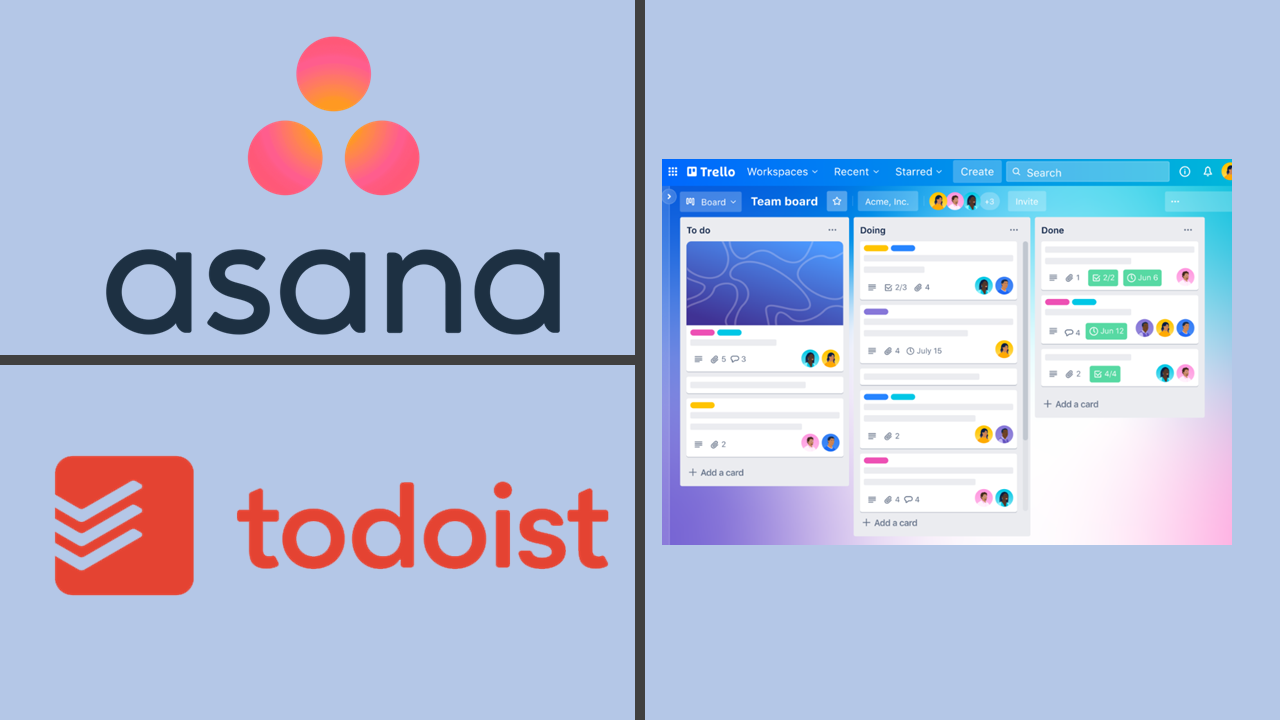
Experiment with different tools to find what works best for you, ensuring that they align with your needs and preferences.
With the right tools, you can optimize your time management and achieve more in less time.
As a busy professional, it’s crucial to master the art of delegating tasks effectively. Taking on too many responsibilities can lead to burnout and hinder your overall productivity.
Identify tasks that can be delegated to others, whether it’s to colleagues, subordinates, or outsourcing to external resources.
Assess the skills and capabilities of your team members and assign tasks that align with their strengths.
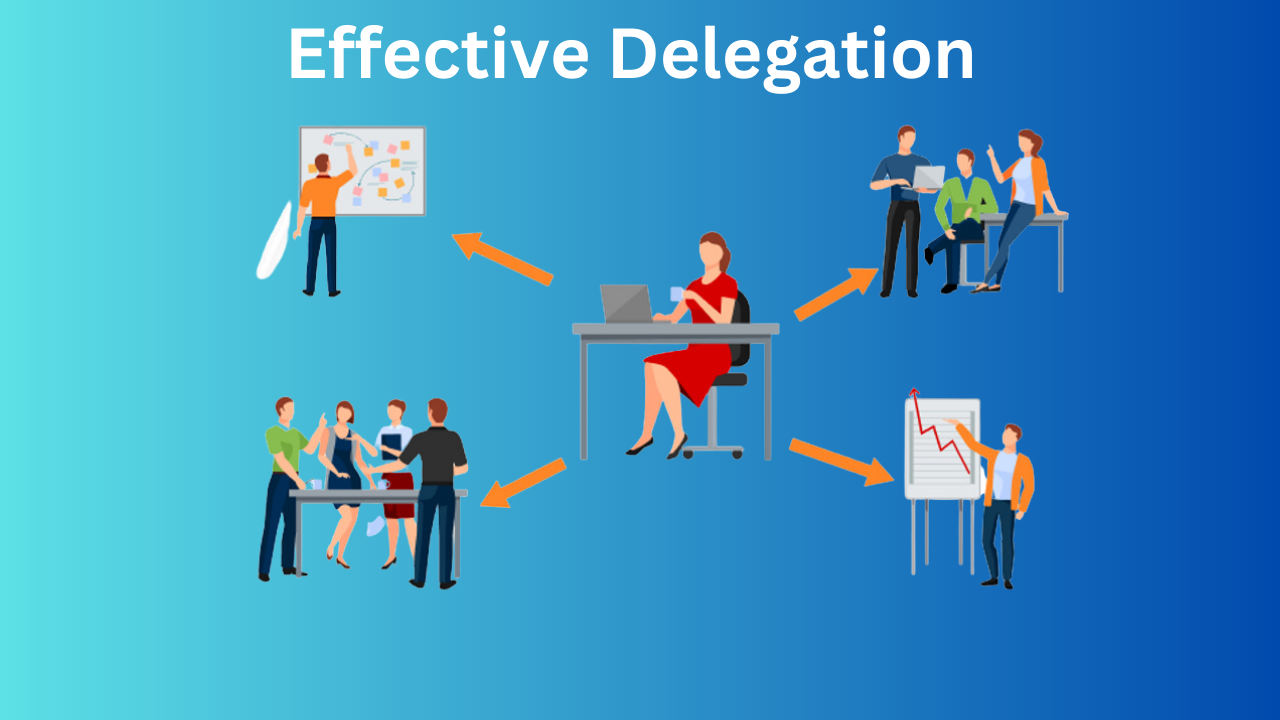
Clearly communicate your expectations and provide necessary instructions to ensure a smooth handover.
Delegating tasks not only lightens your workload but also empowers others to develop their skills and contributes to a more efficient workflow.
Distractions can significantly impact your productivity, so it’s essential to minimize them as much as possible. Create a dedicated work environment that is free from unnecessary interruptions.
Turn off notifications on your devices or use apps that block distracting websites and apps during work hours.

Establish boundaries with colleagues and let them know when you need uninterrupted time to focus on important tasks.
Consider using noise-canceling headphones or playing background music to drown out external noise.
By minimizing distractions, you can maintain better concentration and accomplish tasks more efficiently.
Taking regular breaks enhances productivity. Our brains need moments of rest and rejuvenation to maintain focus and perform at their best.
Incorporate short breaks into your schedule, such as a quick walk, stretching, or even a few minutes of meditation.
These breaks help clear your mind, reduce mental fatigue, and increase overall productivity.
Additionally, consider adopting the Pomodoro Technique, which involves working in focused 25-minute intervals followed by a short break. After four consecutive work intervals, take a longer break of around 15-30 minutes.
By incorporating breaks into your routine, you’ll experience improved focus and productivity throughout the day.

Your work environment plays a significant role in your productivity. Take the time to organize your workspace and ensure it is conducive to efficient work.
Keep essential items within reach and declutter your desk to minimize distractions. Personalize your space with items that inspire and motivate you.
Pay attention to lighting and ergonomics to reduce eye strain and promote good posture. If possible, incorporate elements of nature into your workspace, such as plants or natural light, which can enhance your mood and productivity.
By optimizing your work environment, you create a space that supports your productivity and well-being.
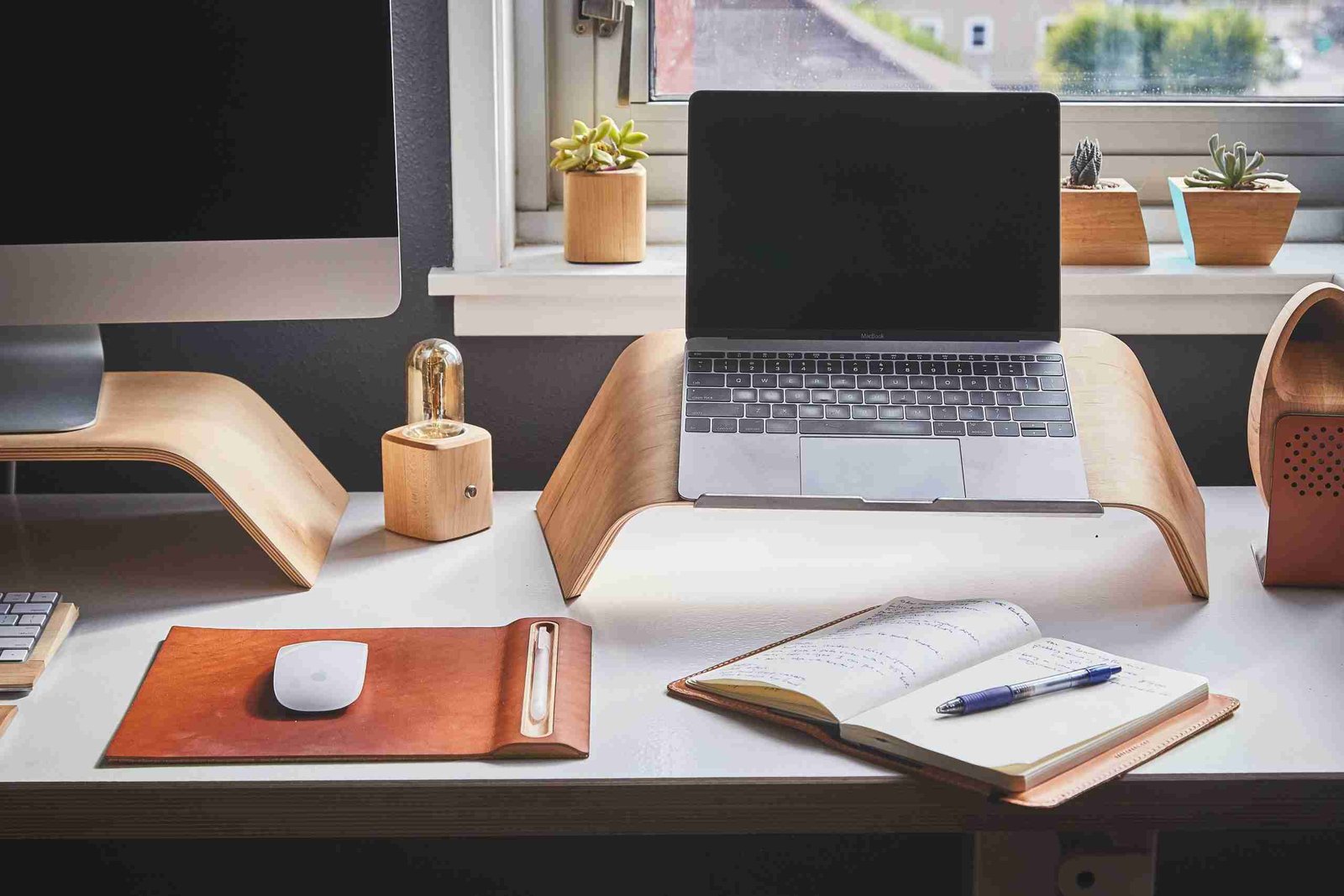
A healthy work-life balance is crucial for overall well-being and sustained productivity. Dedicate time to activities outside of work that bring you joy and help you recharge.
Prioritize self-care by getting enough sleep, eating well, and exercising regularly. Set boundaries between work and personal life by establishing specific work hours and sticking to them.

Learn to say no to tasks or commitments that overload your schedule and prevent you from achieving a healthy balance.
Note: Productivity is not solely about work output; it also includes taking care of yourself and fostering meaningful connections.
By maintaining a healthy work-life balance, you’ll have more energy, focus, and motivation to excel in both your personal and professional life.
Implementing these proven productivity tips can help busy professionals like you optimize their time, increase efficiency, and achieve their goals. Experiment with different strategies and find what works best for you.
Remember, productivity is a journey, and small changes can have a significant impact. Stay committed, stay organized, and enjoy the satisfaction of accomplishing more while maintaining a healthy work-life balance.
